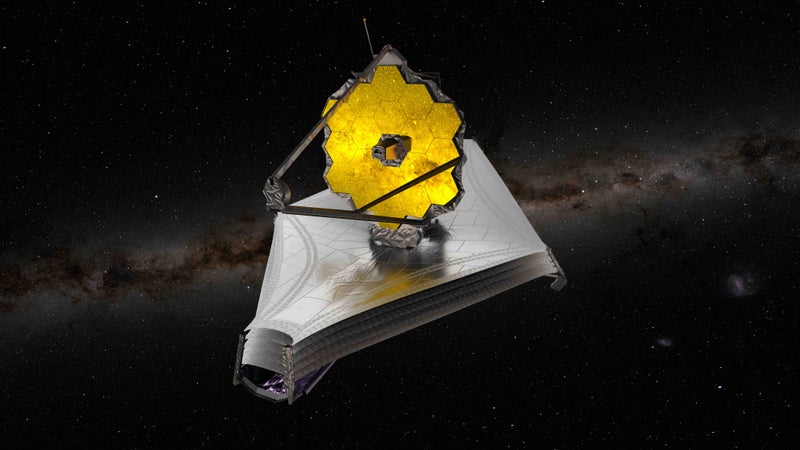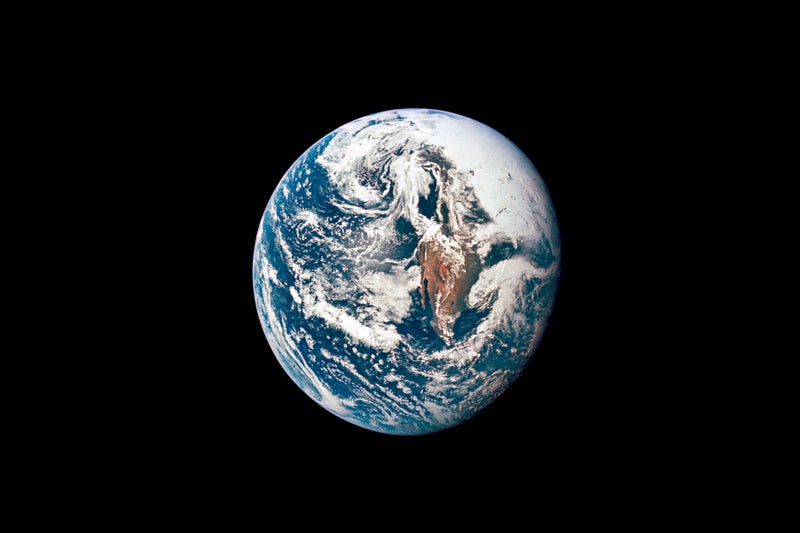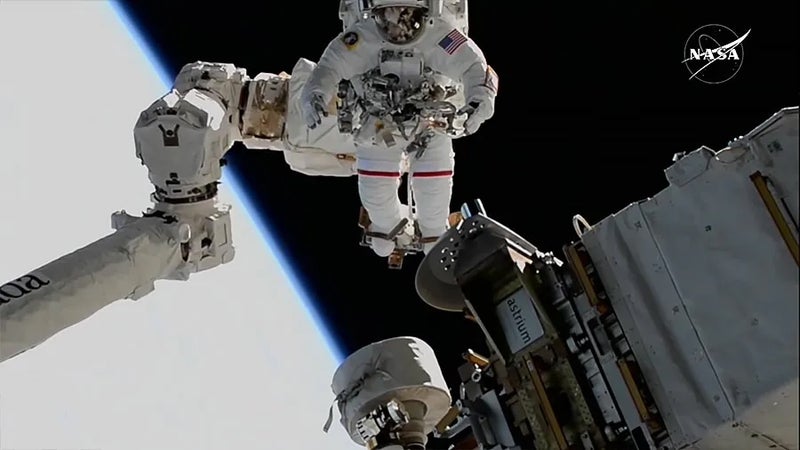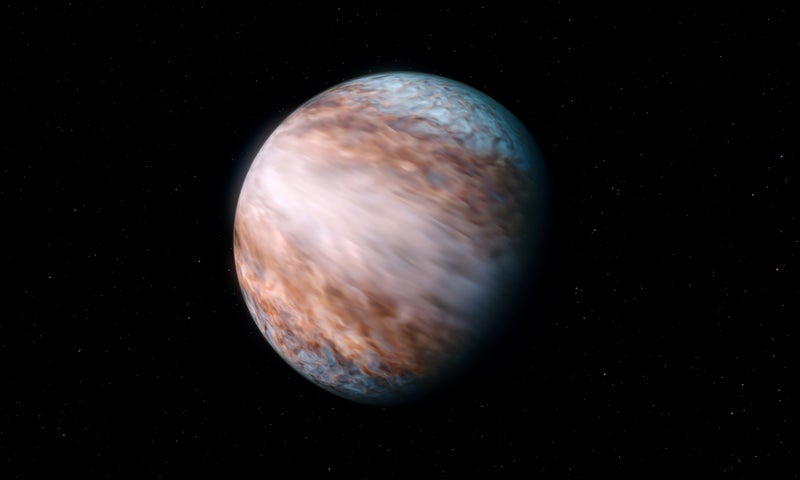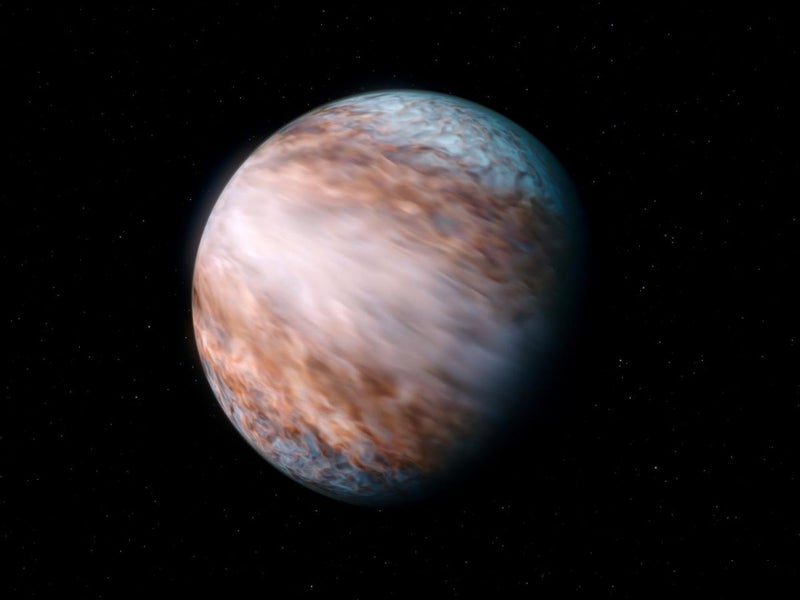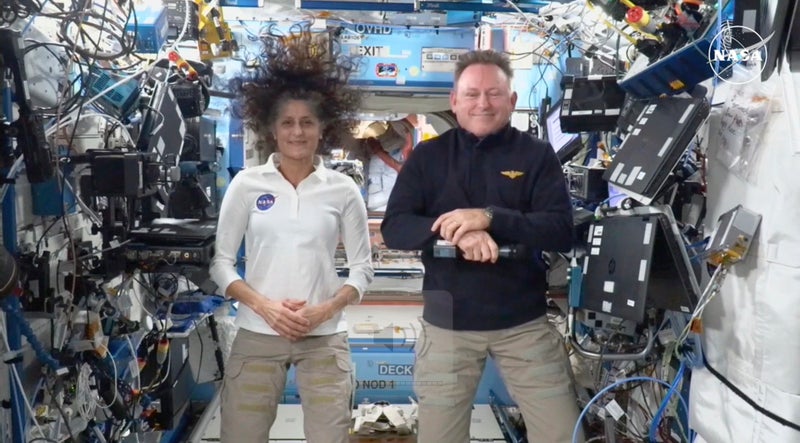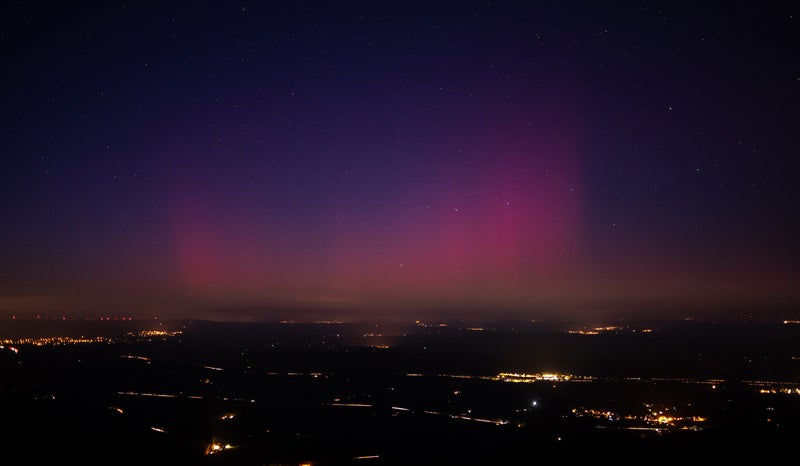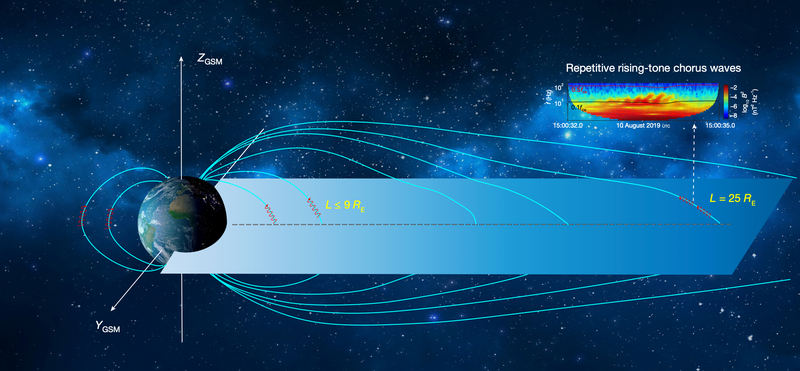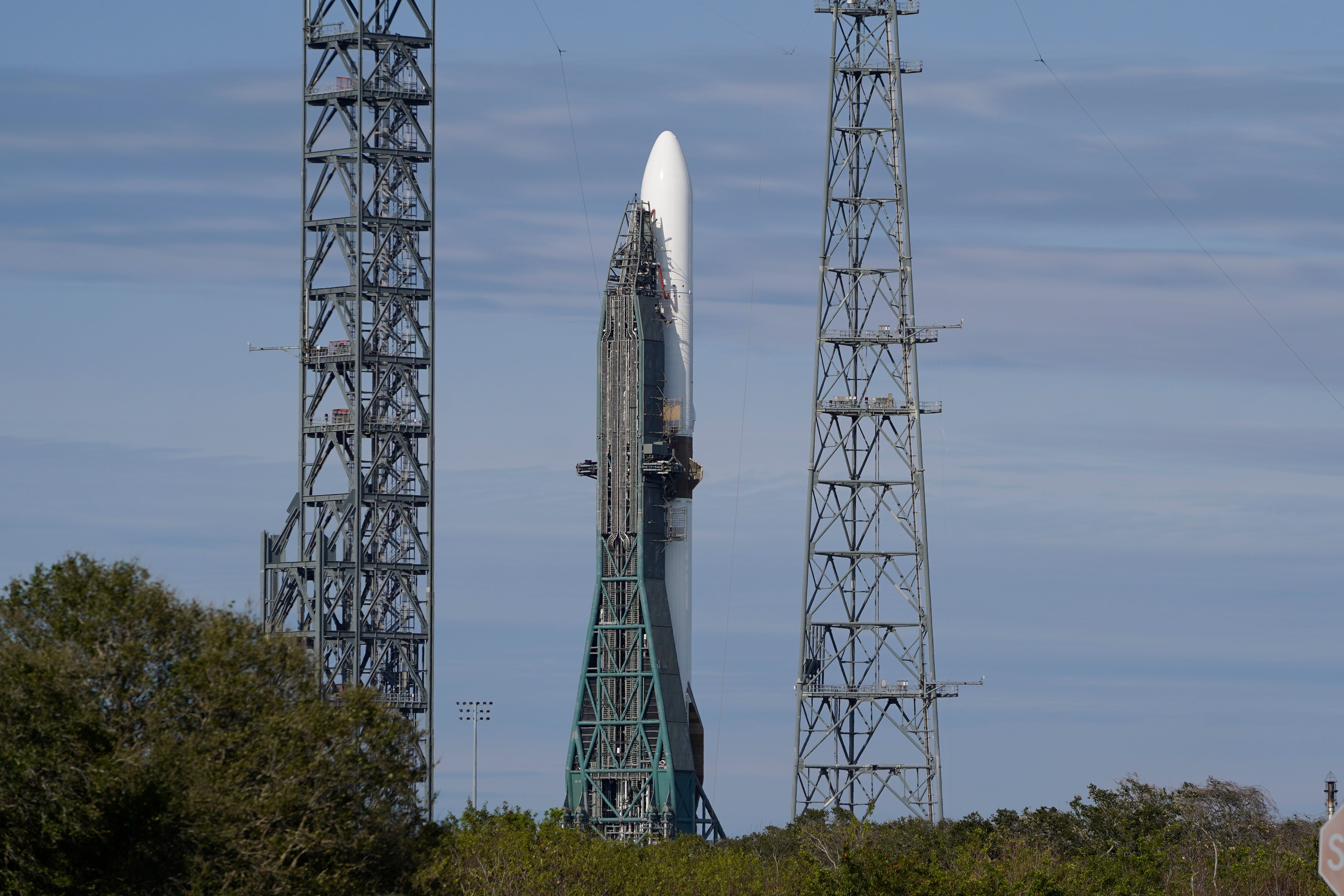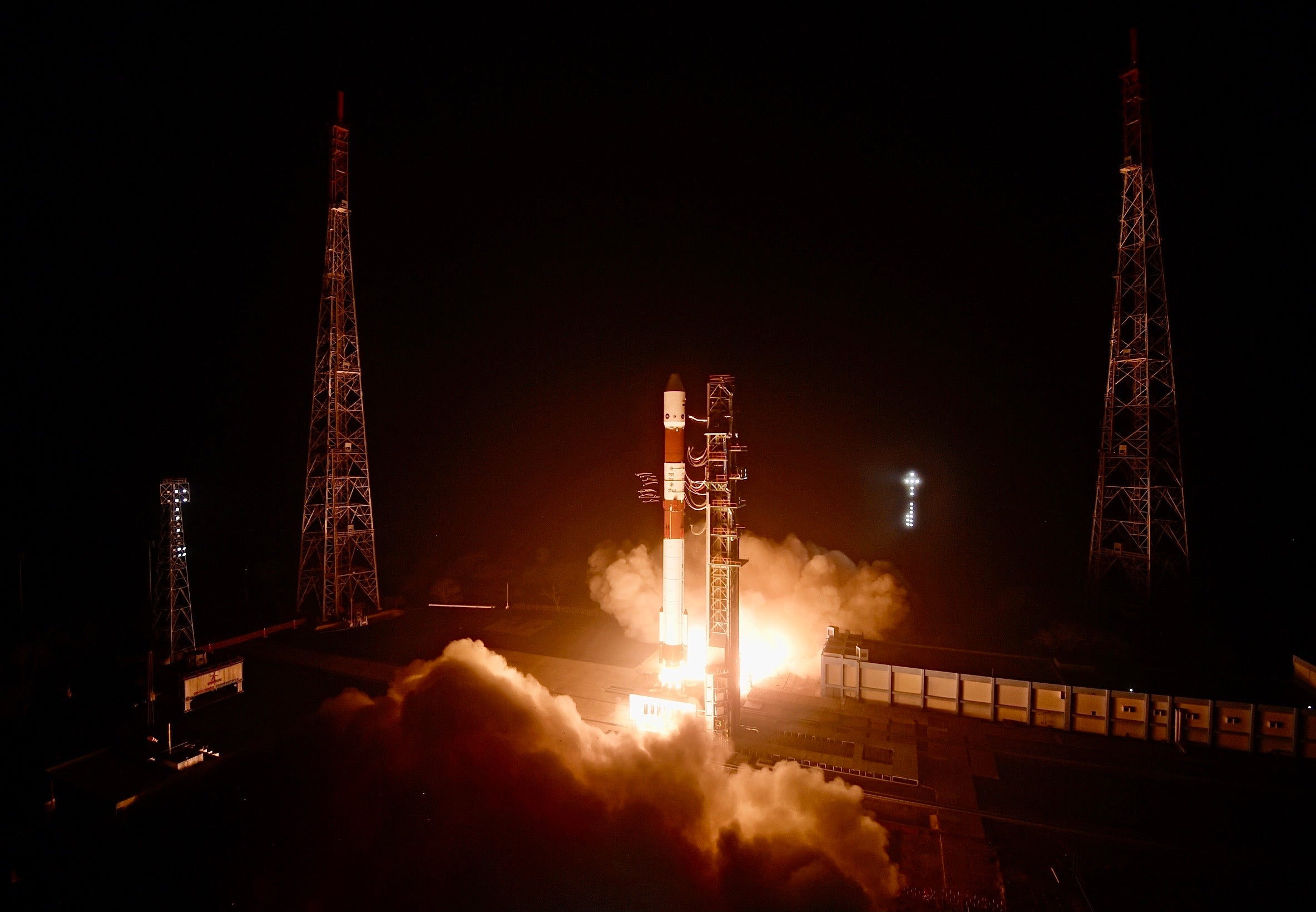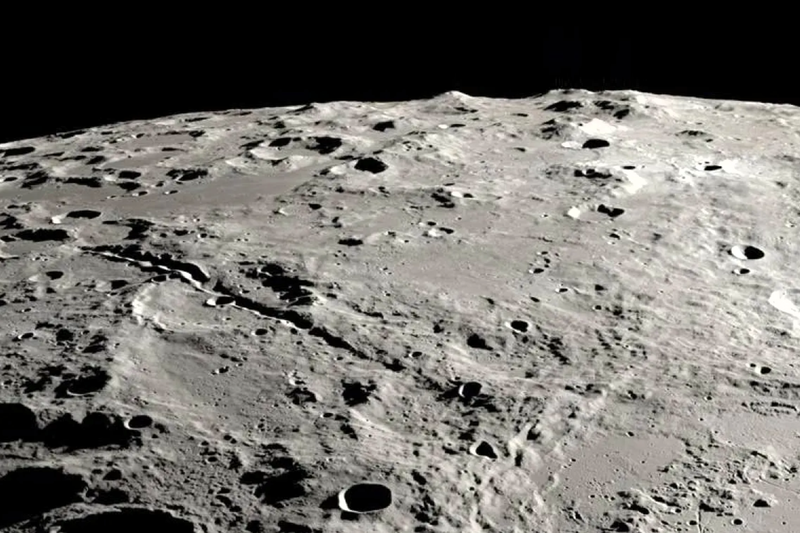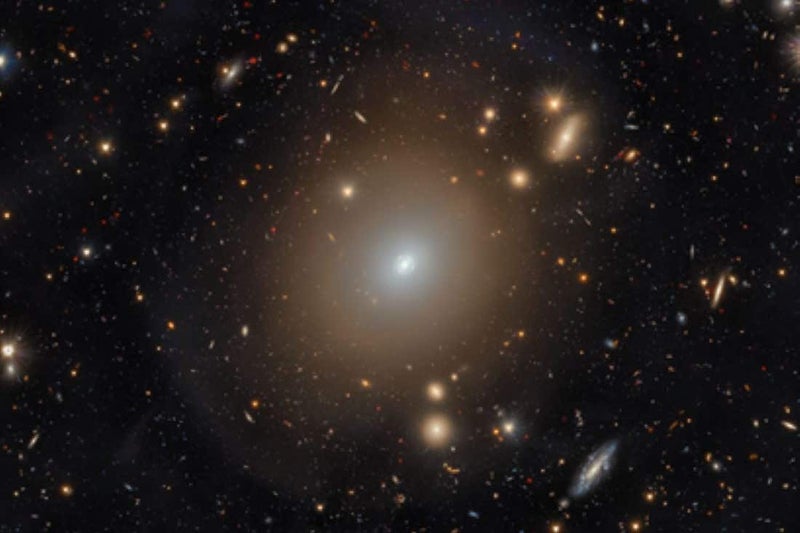Research should better refine where the asteroid is flying – but also how big it is. Scientists will point the world’s most powerful telescope at the asteroid 2024 YR4, in the hope of understanding whether it might pose a threat to Earth. The space rock was found late last last year but the threat of a collision was recently doubled after scientists discovered more information about its route around the solar system.
The chances are still very low: today, there is a roughly 98 per cent chance that it will sail harmlessly past Earth. It is also thought to be relatively small, so that the impact of any collision is likely to be local to wherever it lands. But astronomers are keen to better understand that risk, in case any precautions need to be taken to keep the Earth safe. That work is happening against the clock because the asteroid will fade from view in a few months’ time, and is not expected to come back until 2028. If the asteroid is really coming towards us, then space agencies might need to launch defensive measures before then.
Scientists will now use the James Webb Space Telescope – jointly operated by Nasa and the European and Canadian space agencies – to examine the rock with the hope of better understanding its orbit. Scientists hope not only to improve their estimates of where the asteroid will go, but also its nature. The potential danger posed by the rock will vary dramatically based on how large it is. At the moment, scientists estimate that it is somewhere between 40 and 90 metres across, largely in line with their calculations since it was first discovered in December 2024. That estimate is based largely on how much light it reflects from the Sun – but that can be altered considerably by how reflective the rock is.
The Webb telescope is able to look at the infrared light or heat that is emitted from the asteroid, which provides a much better estimate of its size. The first set of observations will happen in early March when the asteroid will become visible to Webb and will be at its brightest point. Astronomers will be able to use that information to refine their understanding of the rock before it disappears again, ready for it to become visible once more in 2028.

